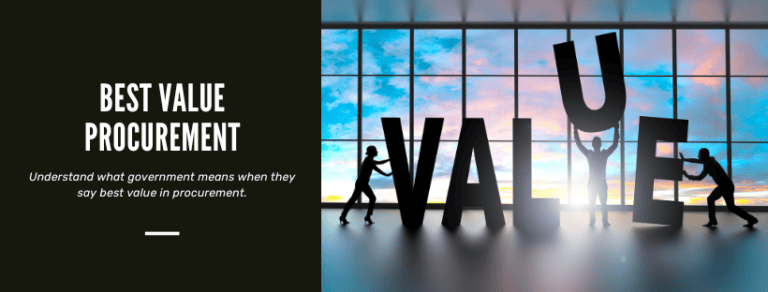In the world of government procurement, “best value” procurement represents a comprehensive approach that extends beyond just the initial cost considerations. It encompasses a series of strategic practices designed to optimize the efficiency, quality, and overall value of public spending. This article explores the multifaceted concept of best value procurement and how the Australian government implements this approach to maximize benefits for taxpayers and stakeholders.
Collaborative Procurement: Enhancing Efficiency Through Teamwork
Collaborative procurement is essential in driving the best value in government contracts. By fostering cooperation between government entities, suppliers, and other relevant stakeholders, this approach addresses and resolves potential issues early in the procurement process. The benefits of such collaboration are manifold: improved efficiency, enhanced quality of outcomes, and increased cost-effectiveness, all of which contribute directly to delivering superior value to taxpayers.
- Streamlining Processes: By working together, agencies can streamline procurement processes, reducing redundancy and enhancing the speed of service delivery.
- Optimizing Solutions: Collaborative efforts often lead to more innovative solutions that better meet the specific needs of public projects.
Sharing Best Practices: A Keystone for Procurement Excellence
Sharing best practices among government agencies and suppliers is critical to refining procurement strategies that yield high quality and cost-effectiveness. This exchange of knowledge encompasses various aspects of procurement:
- Process Transparency: Agencies share insights on the procurement lifecycle, improving transparency and understanding across the board.
- Enhanced Contract Management: Discussing strategies for managing contracts ensures that projects stay on track and within budget, enhancing overall procurement value.
- Supplier Performance Insights: Open discussions about supplier performance can lead to improvements in product and service quality.
Focusing on Local: The Impact of the Buy Local Policy
The Australian government’s buy local policy is a pivotal aspect of its best value procurement strategy. This policy is designed to bolster local economies by prioritizing purchases from local suppliers, thus supporting community businesses and fostering economic growth.
- Job Creation: Purchasing locally creates jobs and helps stabilize local communities.
- Innovation Promotion: Local suppliers are often more nimble and can innovate more rapidly than larger, more bureaucratic organizations.
Comprehensive Cost Strategies: Life Cycle Costing and Total Cost of Ownership
Understanding the full financial impact of procurement decisions is crucial. Life cycle costing and total cost of ownership are two critical strategies that ensure procurement decisions reflect long-term value.
- Life Cycle Costing: This strategy considers all costs associated with the life span of a product or service, from acquisition through maintenance to disposal.
- Total Cost of Ownership: Similar to life cycle costing, this method accounts for all costs of owning and operating a product, not just the purchase price, ensuring that more sustainable and cost-effective decisions are made.
Sustainable and Social Procurement: Ethical Considerations in Purchasing
Sustainable procurement and social procurement are essential components of best value procurement. These strategies ensure that the purchases not only meet economic standards but also adhere to ethical and environmental principles.
- Environmental Sustainability: Choosing suppliers who prioritize sustainability can significantly reduce the procurement’s environmental impact.
- Social Responsibility: By selecting suppliers committed to social values, government procurement can foster community development and ethical business practices.
Building Better Supplier Relationships Through Effective Management
The management of supplier relationships is paramount in securing best value in procurement. Effective communication, regular feedback, and a focus on long-term partnership benefits both the government and suppliers.
- Regular Feedback and Support: Helps suppliers align better with government expectations and improve their offerings.
- Addressing Issues Timely: Ensures that any concerns are resolved quickly, preventing costly delays or disruptions.
Promoting Healthy Competition and Analyzing Value
Encouraging a competitive marketplace and conducting thorough value analyses are vital practices in best value procurement.
- Encouraging Innovation: Competition drives suppliers to innovate, improving the quality and value of their products and services.
- Value Analysis: By critically evaluating the offerings, the government ensures that the chosen products or services provide the best return on investment.
Wrapping Up
In conclusion, the Australian government’s commitment to “best value procurement” is about more than saving money—it’s about maximizing efficiency, quality, and societal benefits. Employing strategies such as collaboration, local engagement, comprehensive costing methods, and a focus on sustainability and social responsibility, the government not only achieves financial prudence but also fosters a procurement environment that is beneficial for all stakeholders involved. By adhering to these principles, suppliers can position themselves as valuable partners to the government, ultimately facilitating successful and mutually beneficial outcomes.
